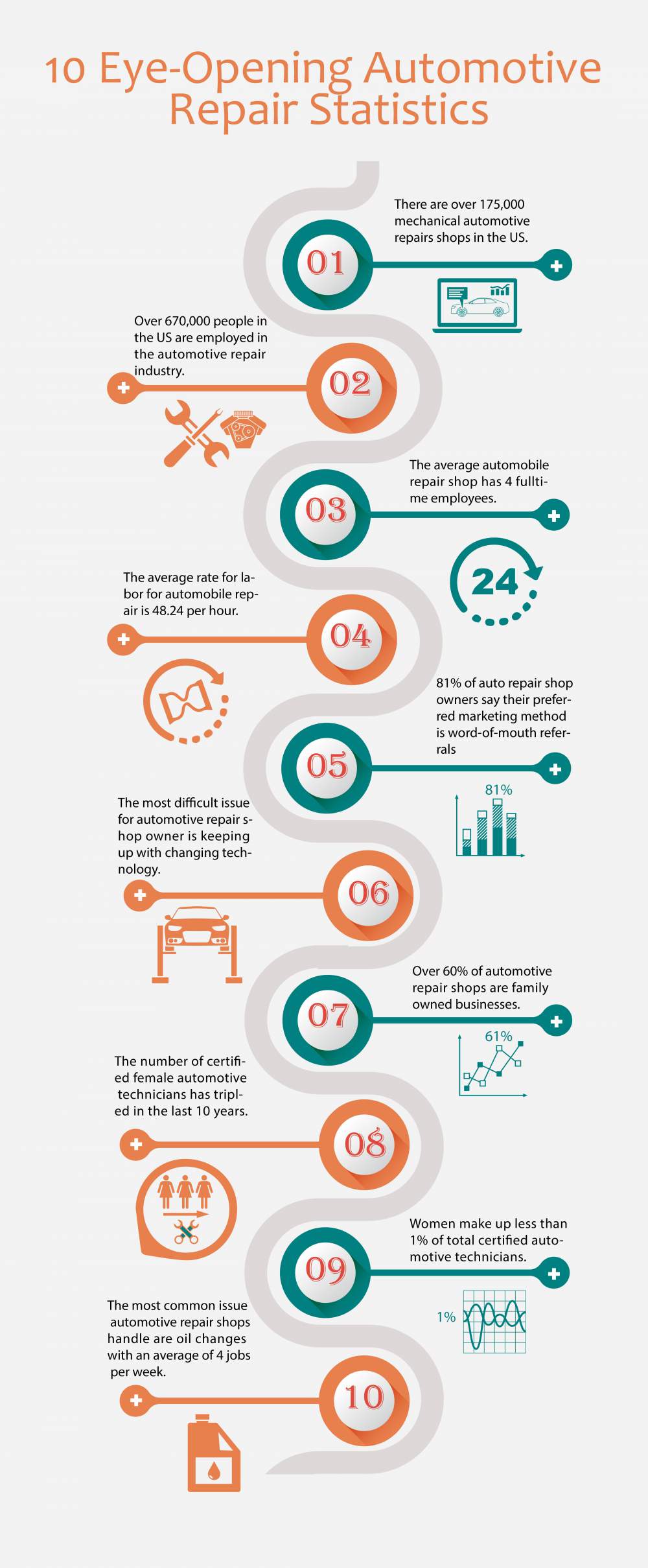Comprehending The Significance Behind Your Lorry'S Warning Lighting: A Comprehensive Look
Comprehending The Significance Behind Your Lorry'S Warning Lighting: A Comprehensive Look
Blog Article
Content Create By-Samuelsen Gilbert
When you lag the wheel, those radiant caution lights on your control panel can be a little bit perplexing. Do you know what they're trying to tell you about your auto's health and wellness? Understanding the relevance of these lights is important for your safety and security and the longevity of your automobile. So, the next time among those lights pops up, wouldn't you intend to decipher its message precisely and take the necessary actions to address it?
Common Warning Lights and Interpretations
Identify common caution lights in your cars and truck and recognize their meanings to make sure risk-free driving.
The most regular caution lights include the check engine light, which signals concerns with the engine or exhausts system. If auto restoration begins, it's critical to have your automobile checked promptly.
The oil stress cautioning light suggests reduced oil stress, calling for prompt focus to stop engine damage.
A blinking battery light may suggest a faulty charging system, possibly leaving you stranded otherwise resolved.
The tire stress surveillance system (TPMS) light informs you to low tire stress, affecting automobile security and gas performance. Overlooking this can bring about unsafe driving conditions.
The abdominal muscle light suggests a trouble with the anti-lock braking system, endangering your ability to quit swiftly in emergency situations.
Lastly, the coolant temperature level advising light warns of engine overheating, which can result in serious damage otherwise fixed promptly.
Recognizing these typical warning lights will aid you deal with problems promptly and maintain safe driving problems.
Relevance of Prompt Attention
Understanding the common caution lights in your auto is just the very first step; the significance of immediately addressing these cautions can not be highlighted enough to ensure your security on the road.
When https://www.justice.gov/usao-ma/pr/former-boston-police-auto-repair-technician-pleads-guilty-wire-fraud-charges illuminates on your control panel, it's your automobile's way of connecting a prospective problem that requires interest. Disregarding these cautions can lead to much more serious troubles later on, compromising your safety and possibly costing you much more out of commission.
Motivate focus to alerting lights can prevent malfunctions and crashes. For instance, a flashing check engine light can suggest a misfire that, if left neglected, can create damages to the catalytic converter. Addressing this promptly can conserve you from a pricey repair service.
Similarly, a brake system cautioning light may indicate low brake liquid or used brake pads, essential parts for your safety and security when driving.
Do It Yourself Troubleshooting Tips
If you notice a caution light on your dashboard, there are a few do it yourself troubleshooting ideas you can attempt before looking for specialist help.
The first step is to consult your automobile's handbook to understand what the details caution light suggests. Occasionally the concern can be as basic as a loosened gas cap causing the check engine light. Tightening up the gas cap may solve the problem.
An additional common issue is a low battery, which can cause different cautioning lights. Checking the battery connections for rust and ensuring they're safe might repair the issue.
If a warning light lingers, you can try resetting it by separating the auto's battery for a few minutes and then reconnecting it. In addition, examining your automobile's liquid degrees, such as oil, coolant, and brake fluid, can assist repair warning lights related to these systems.
Conclusion
In conclusion, recognizing your cars and truck's warning lights is crucial for keeping your automobile running efficiently and securely. By without delay resolving these signals and knowing what they mean, you can stay clear of costly fixings and possible breakdowns.
Remember to consult your cars and truck's handbook for certain details on each cautioning light and take action appropriately to ensure a trouble-free driving experience.
Remain informed, remain secure when driving!
